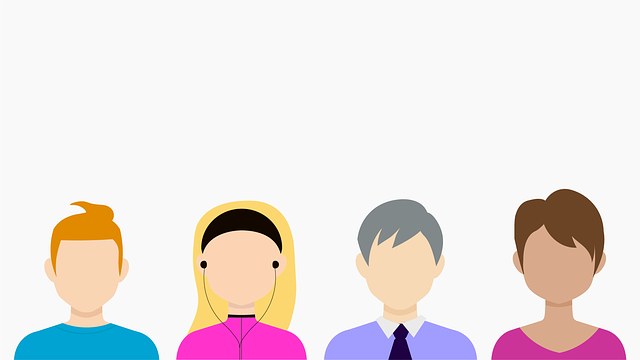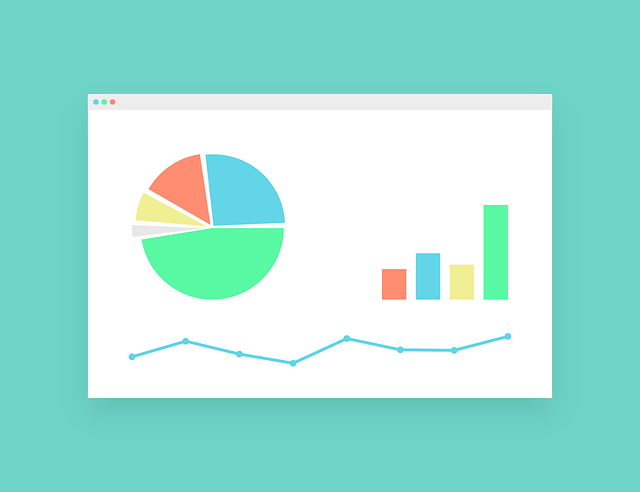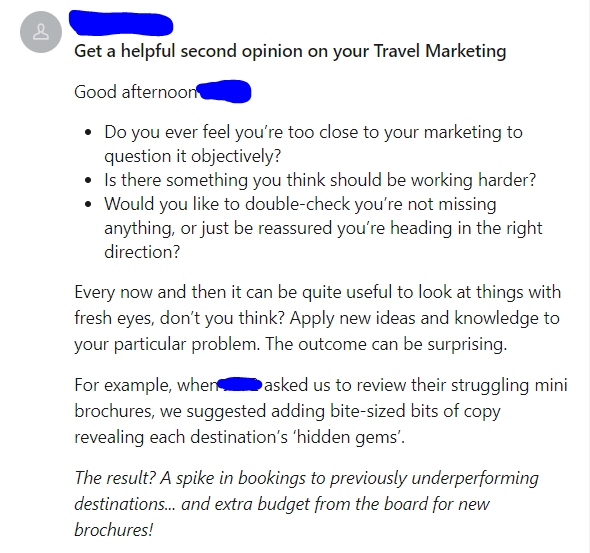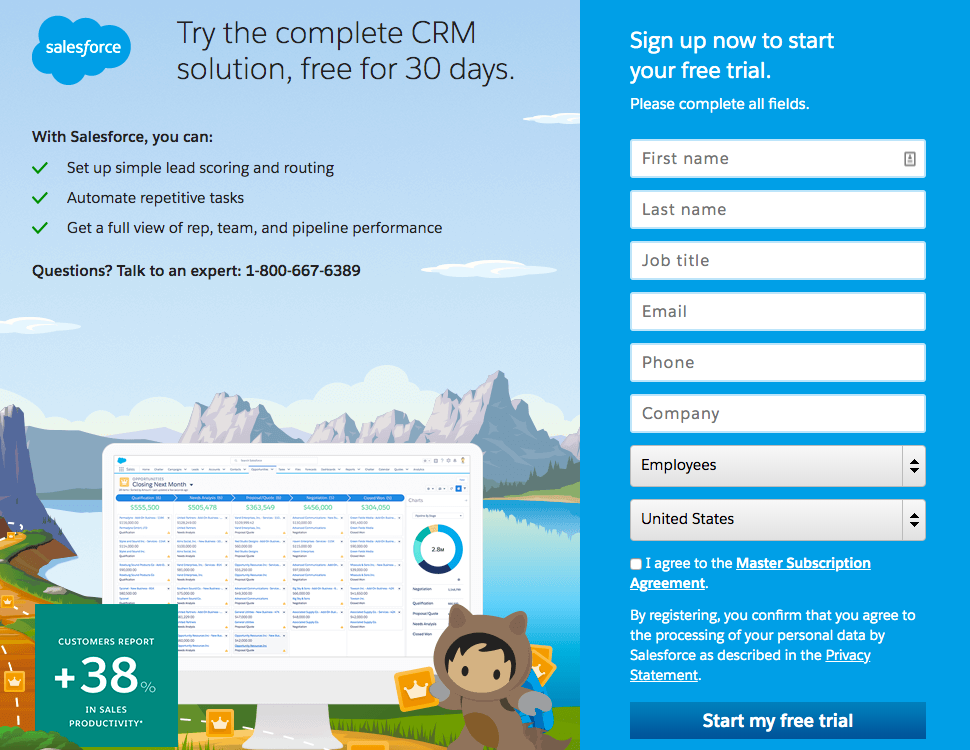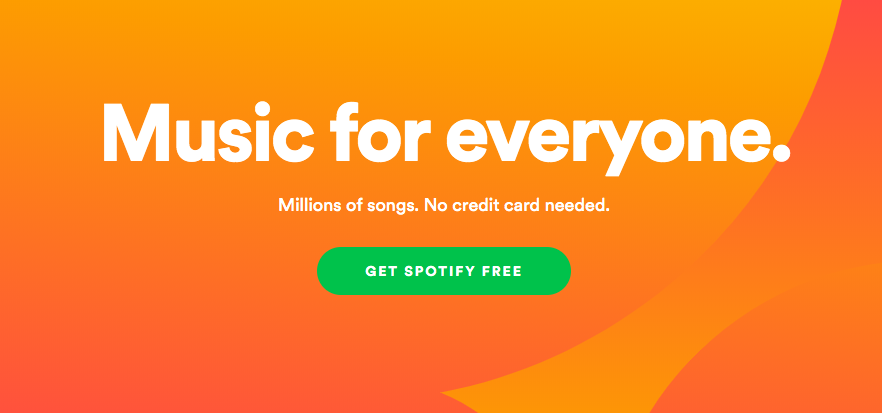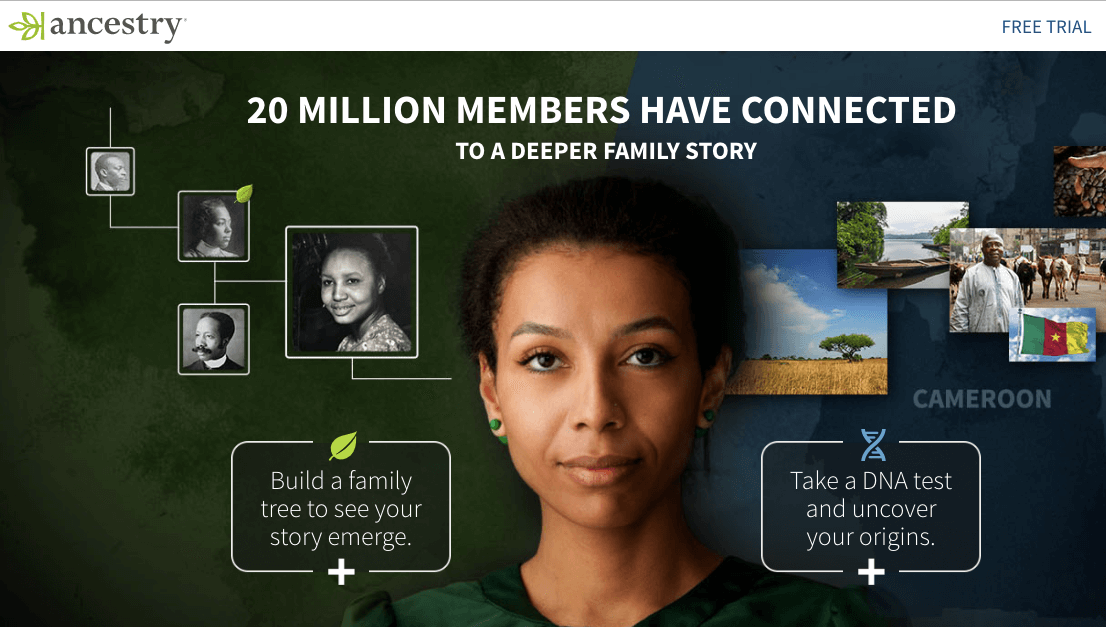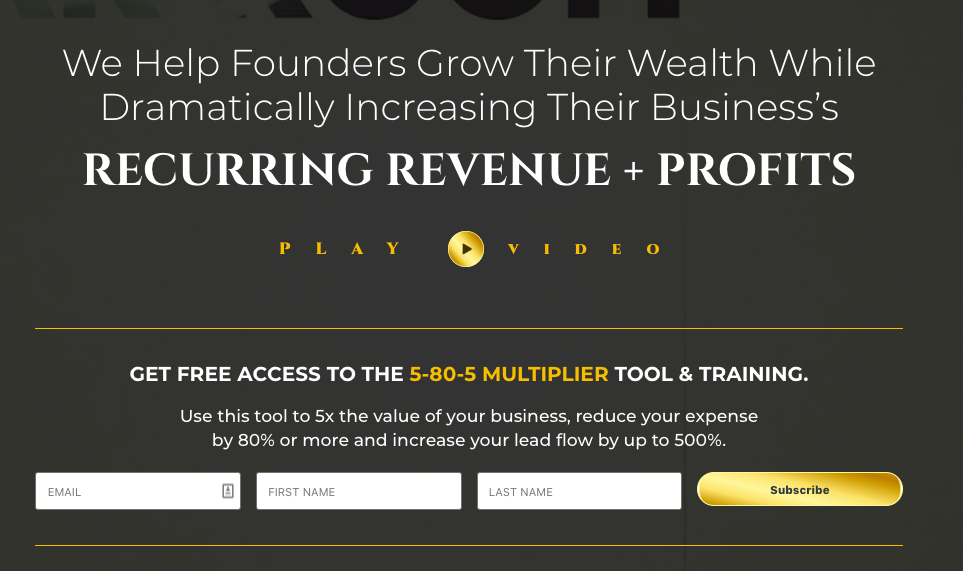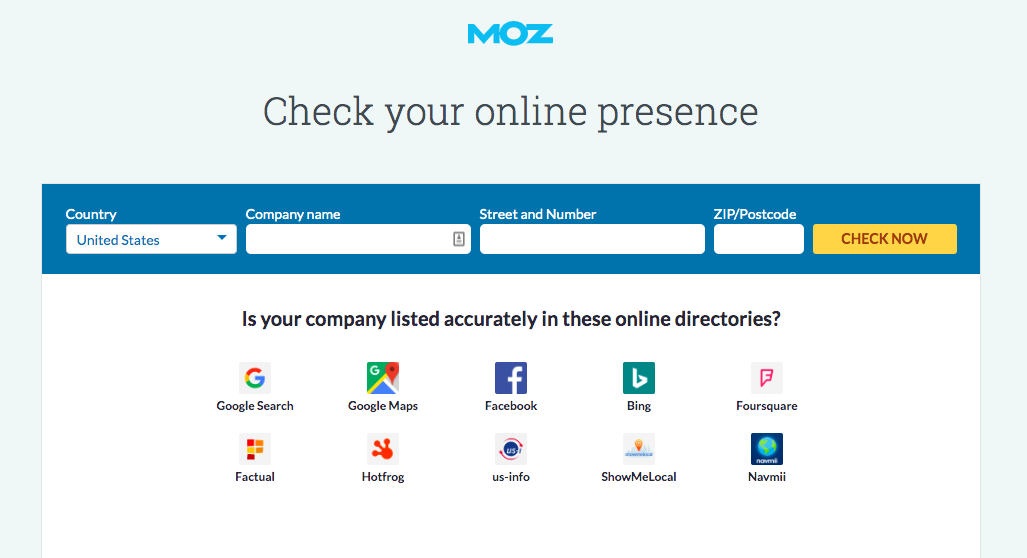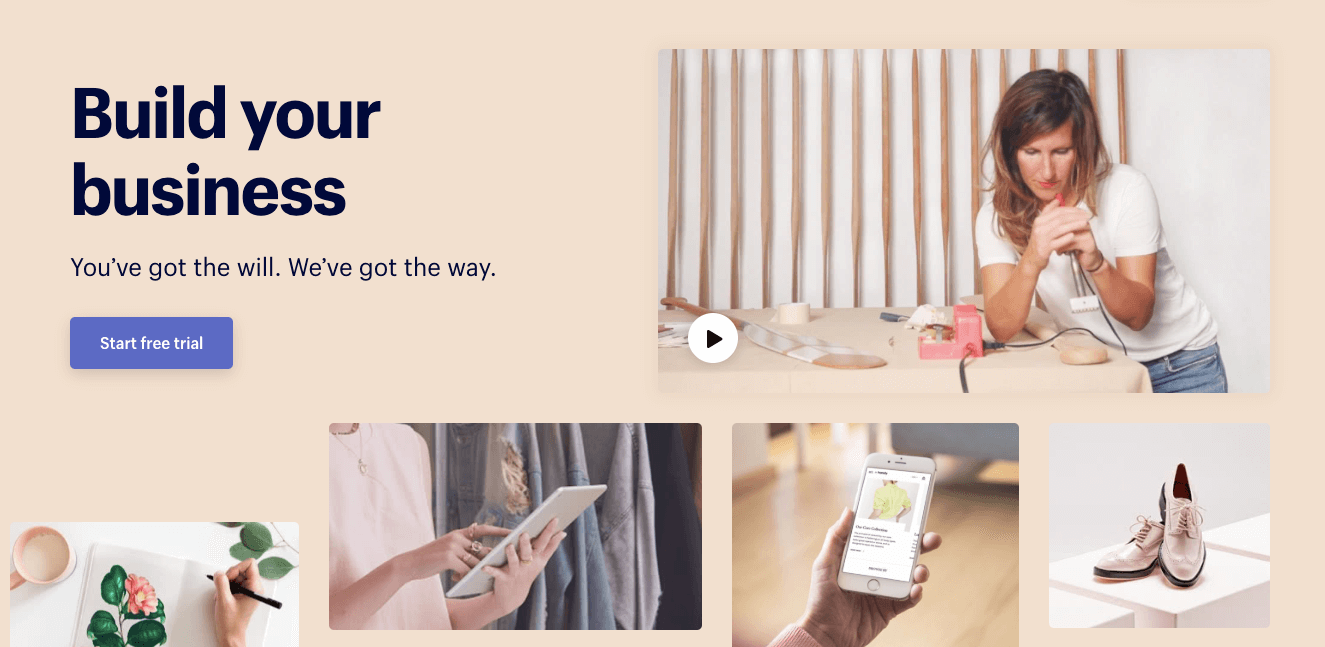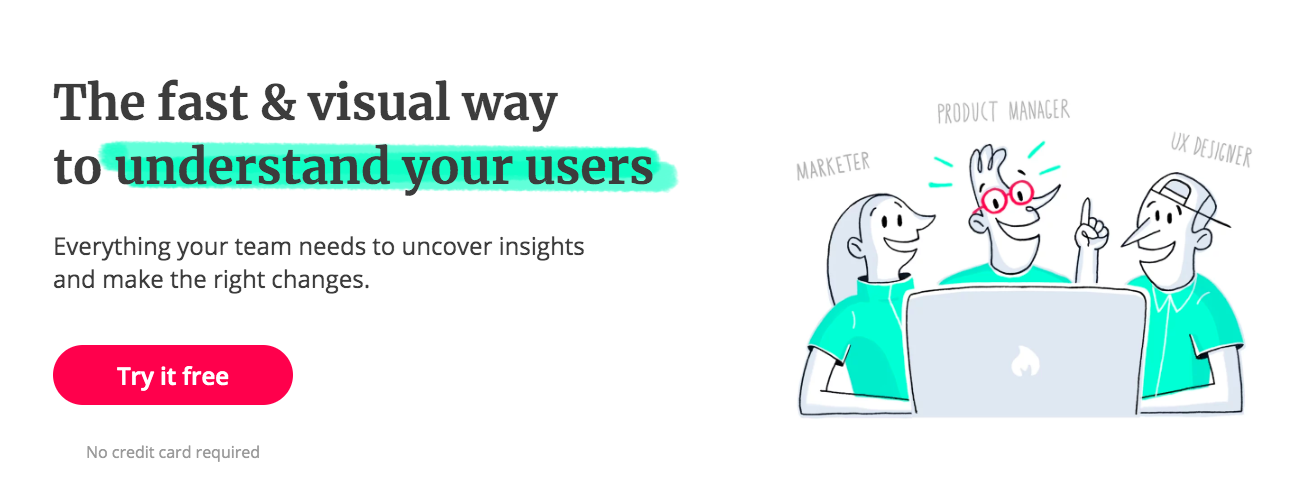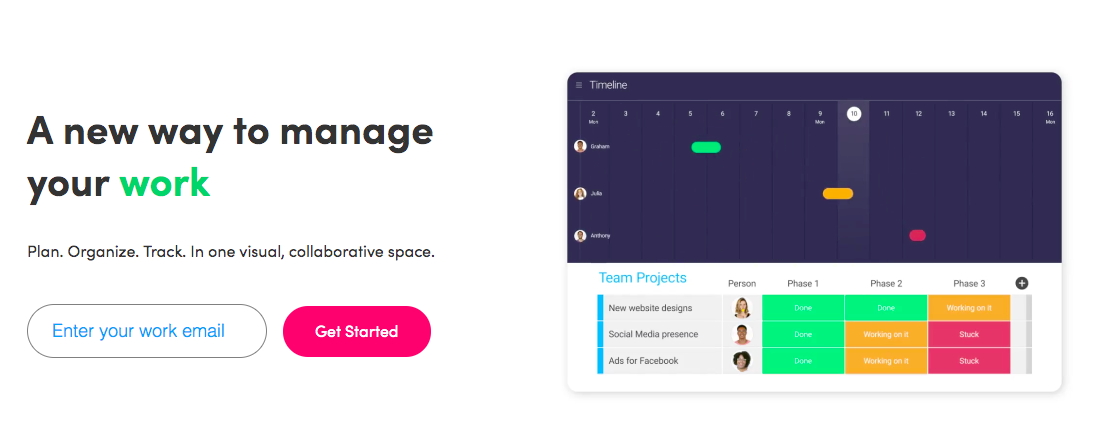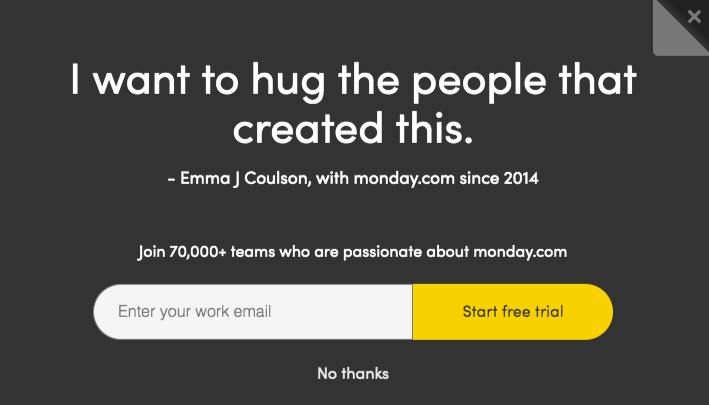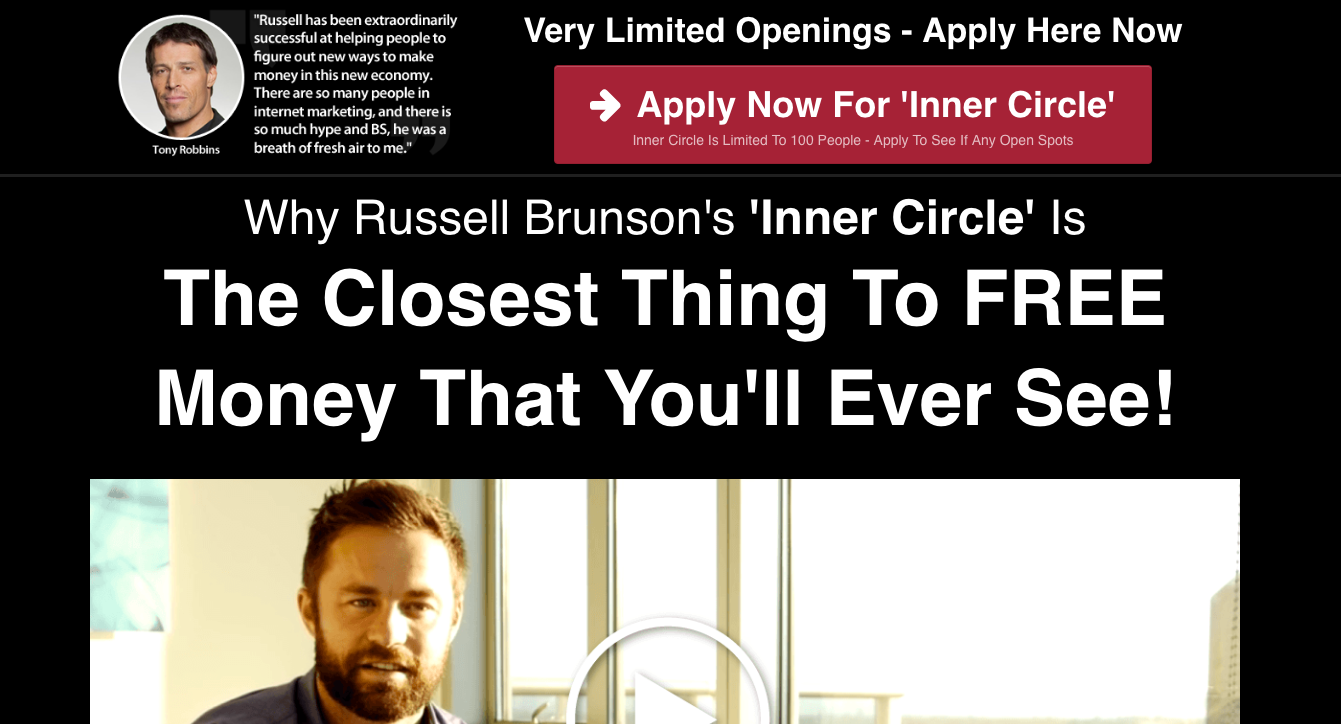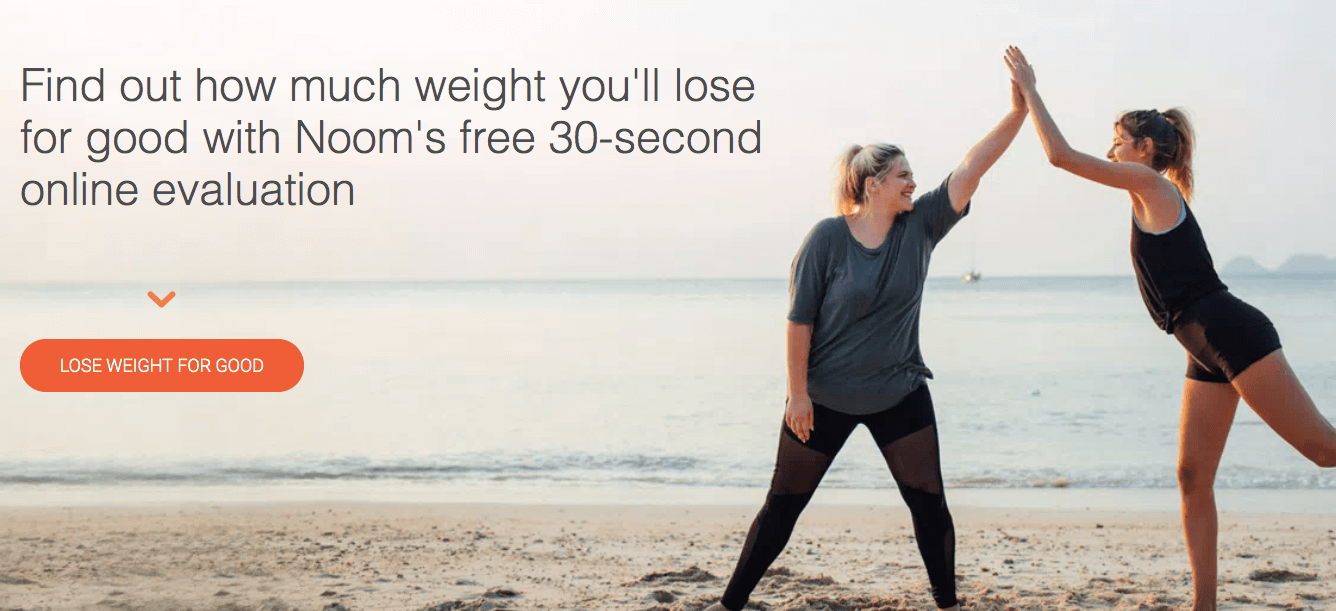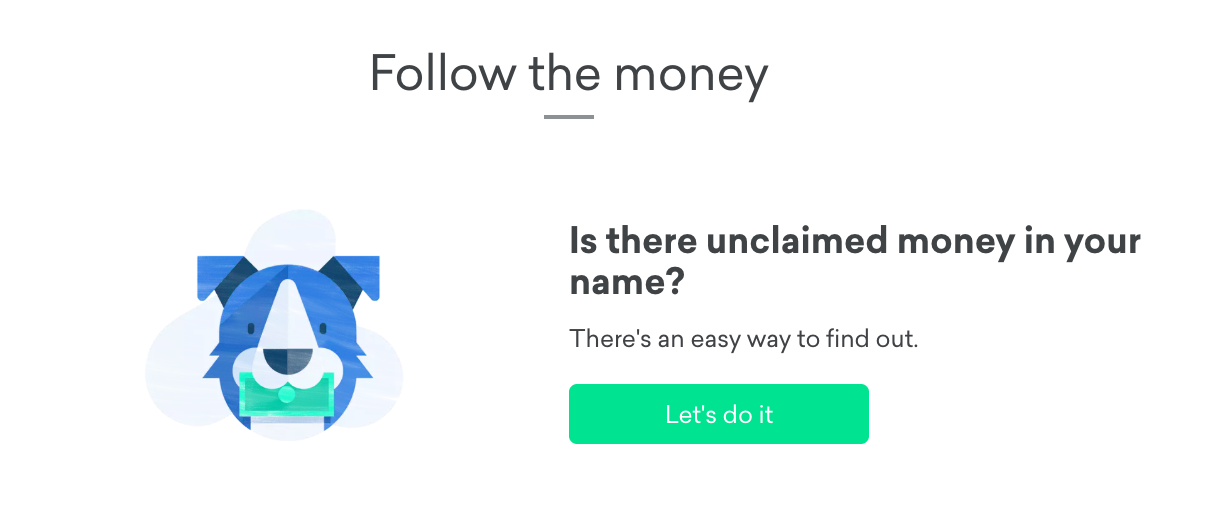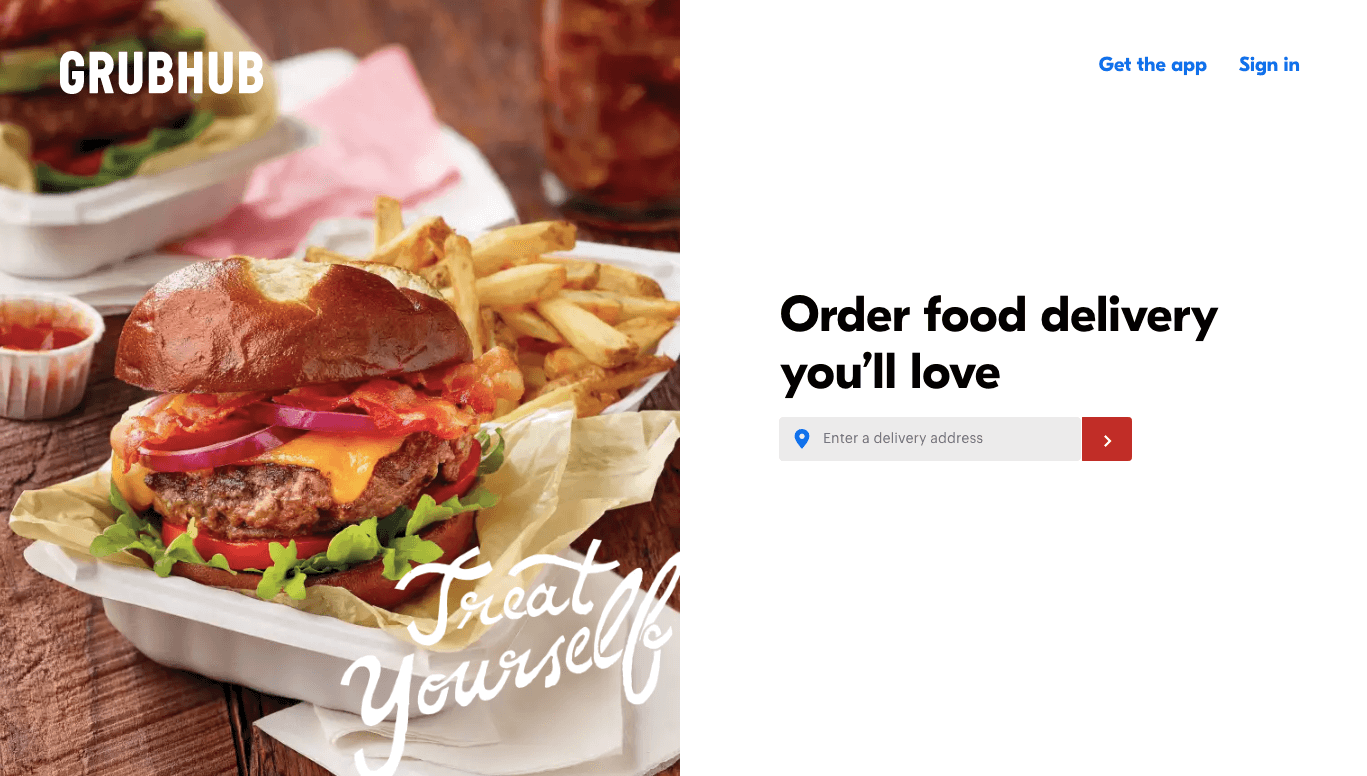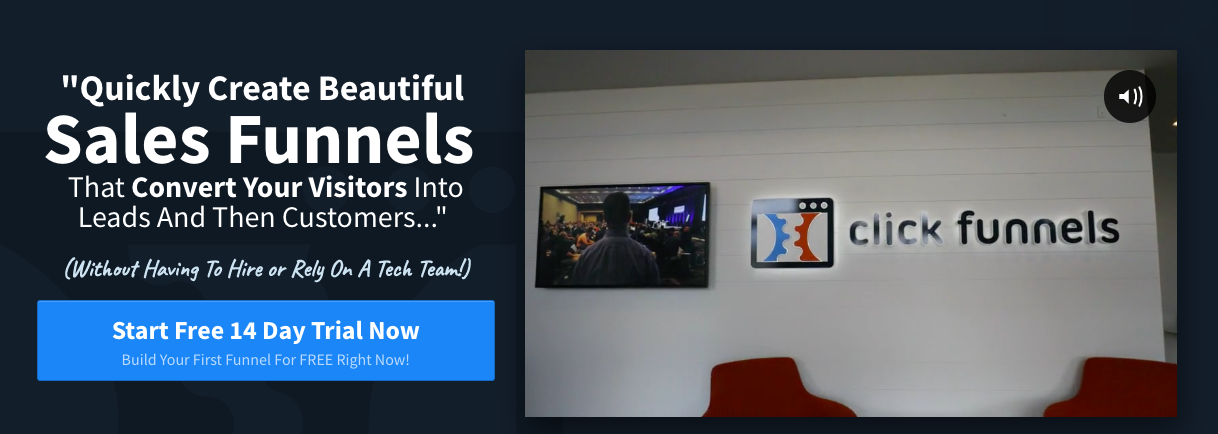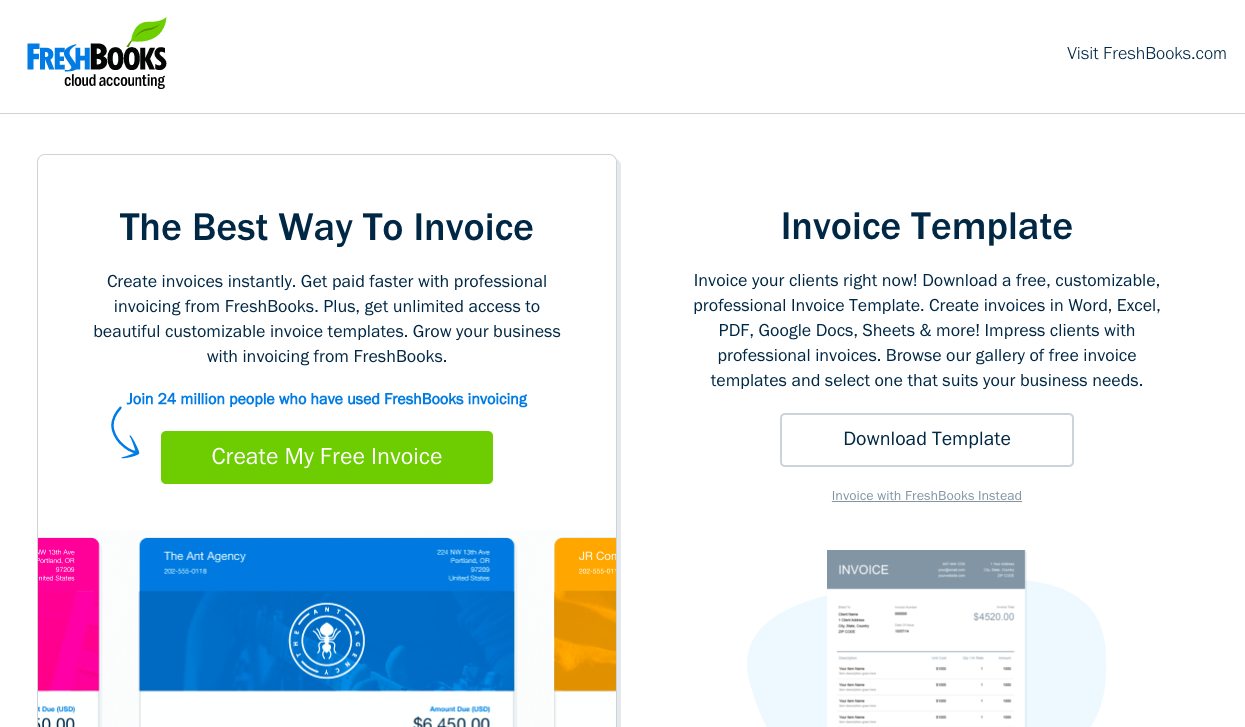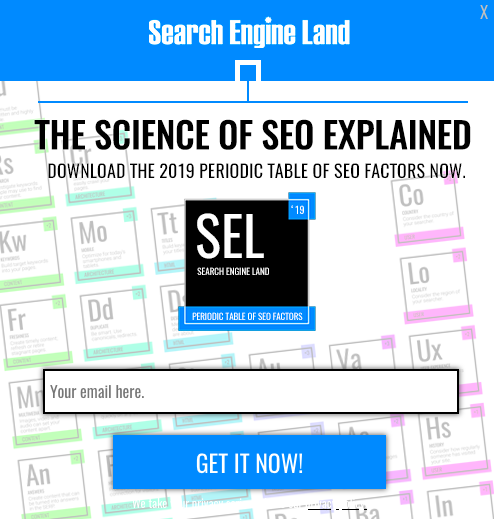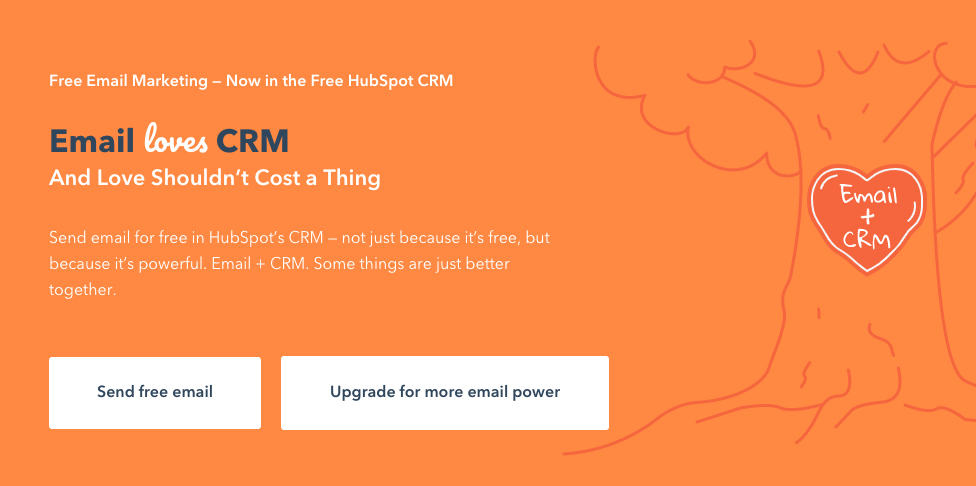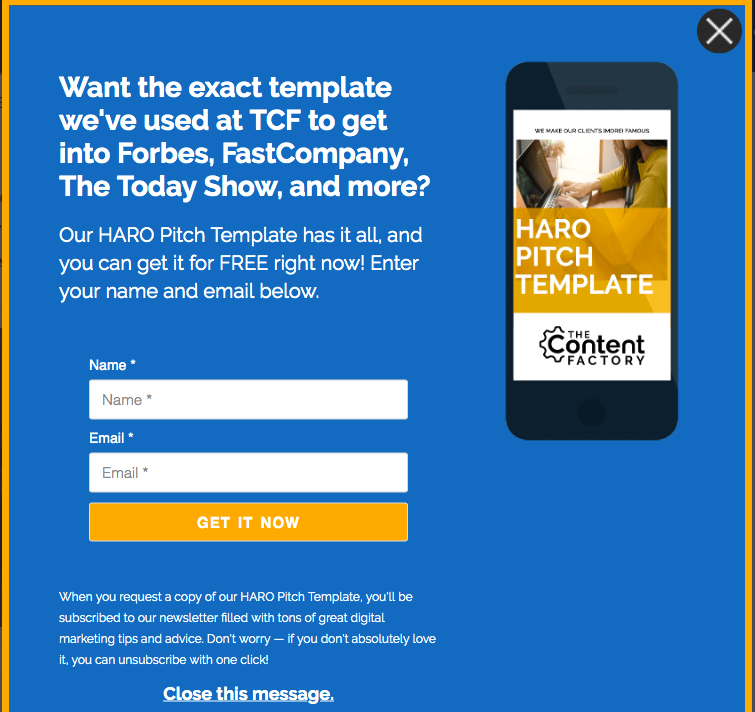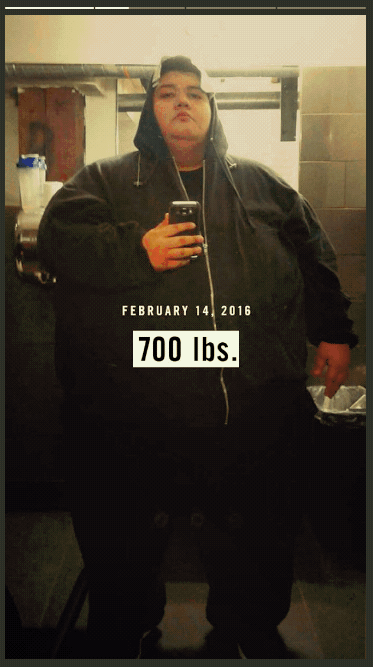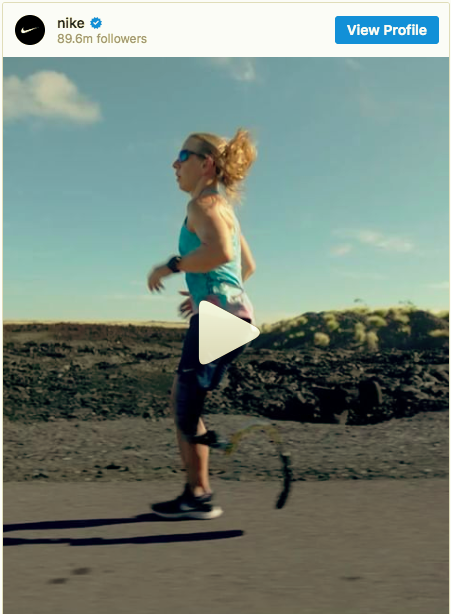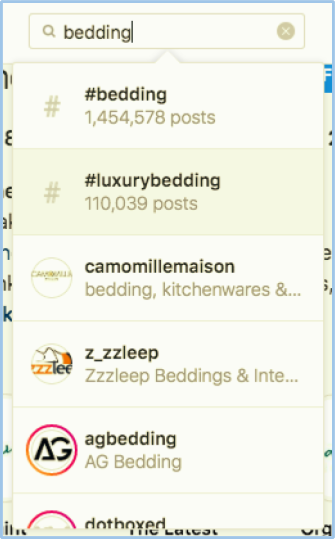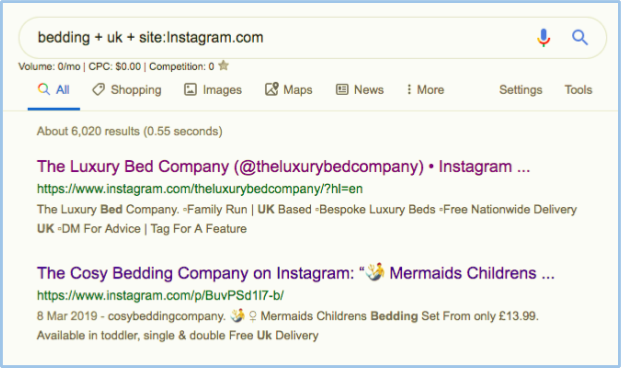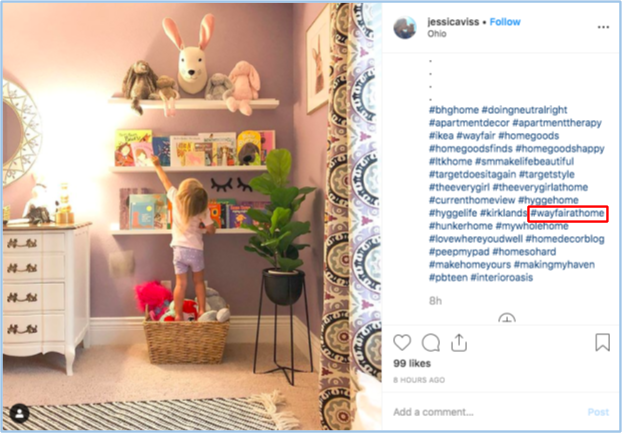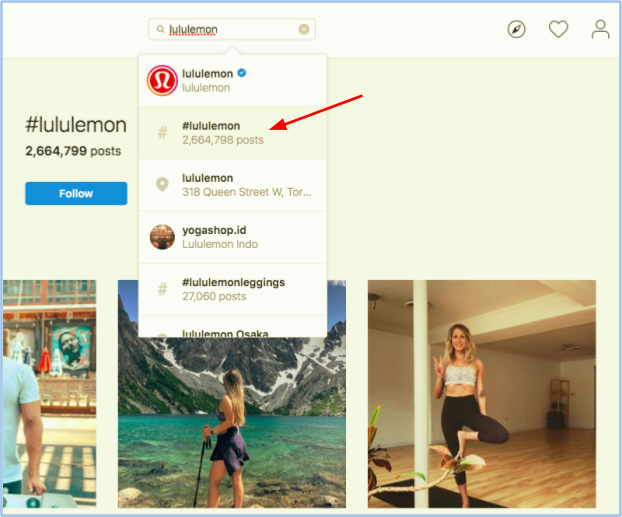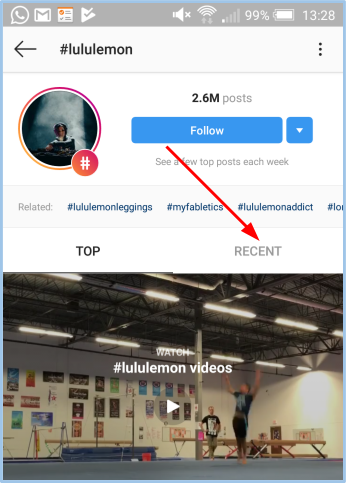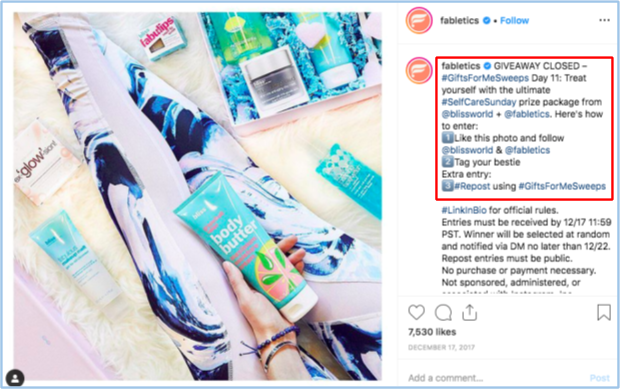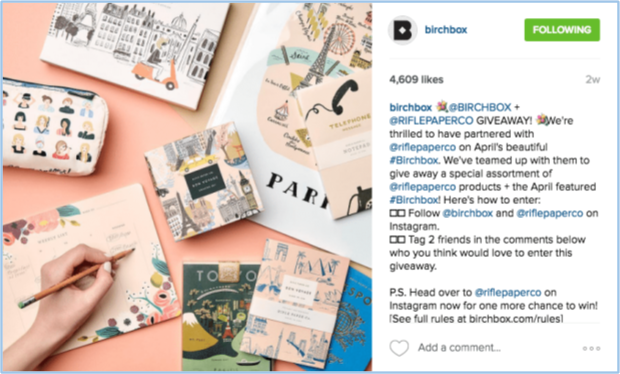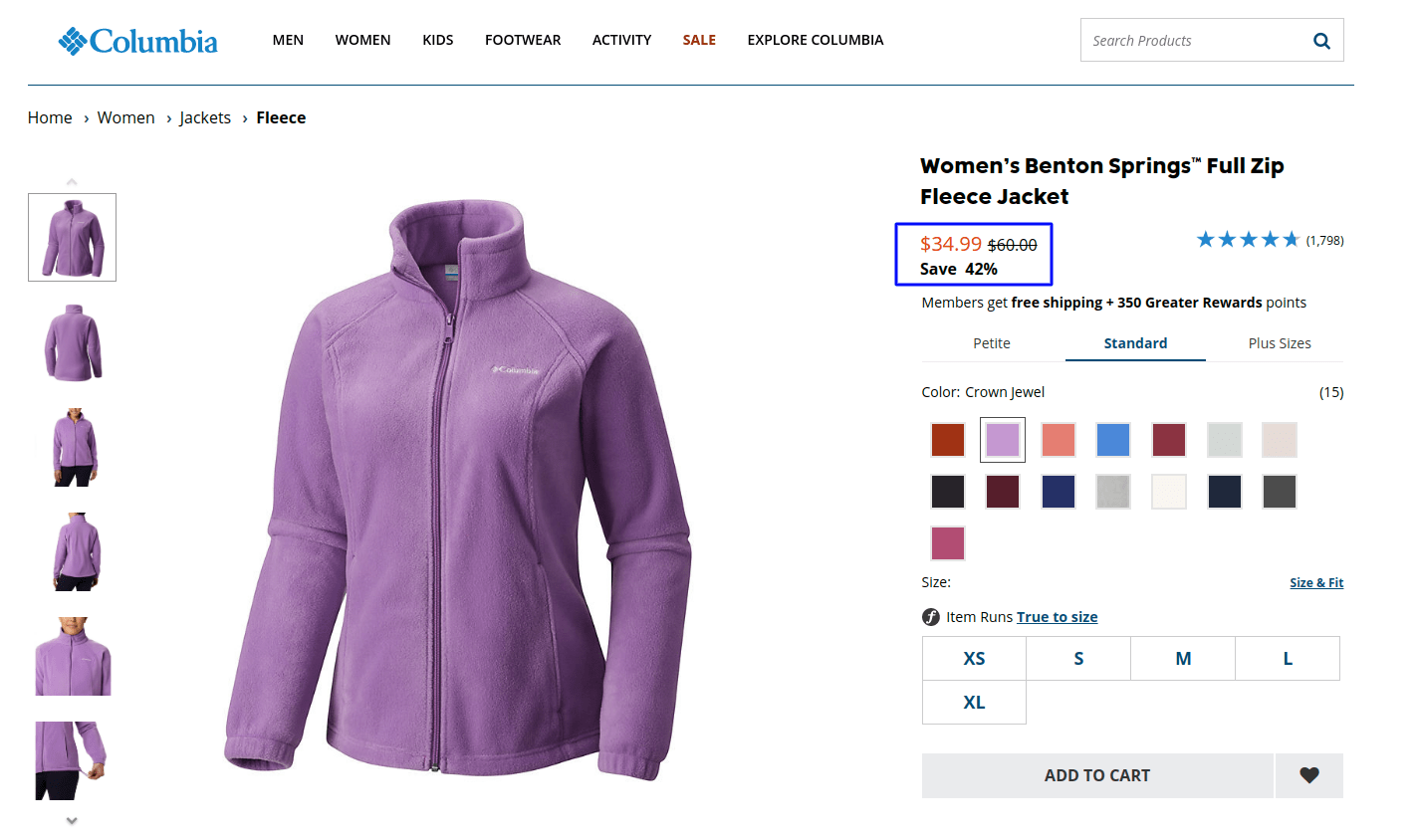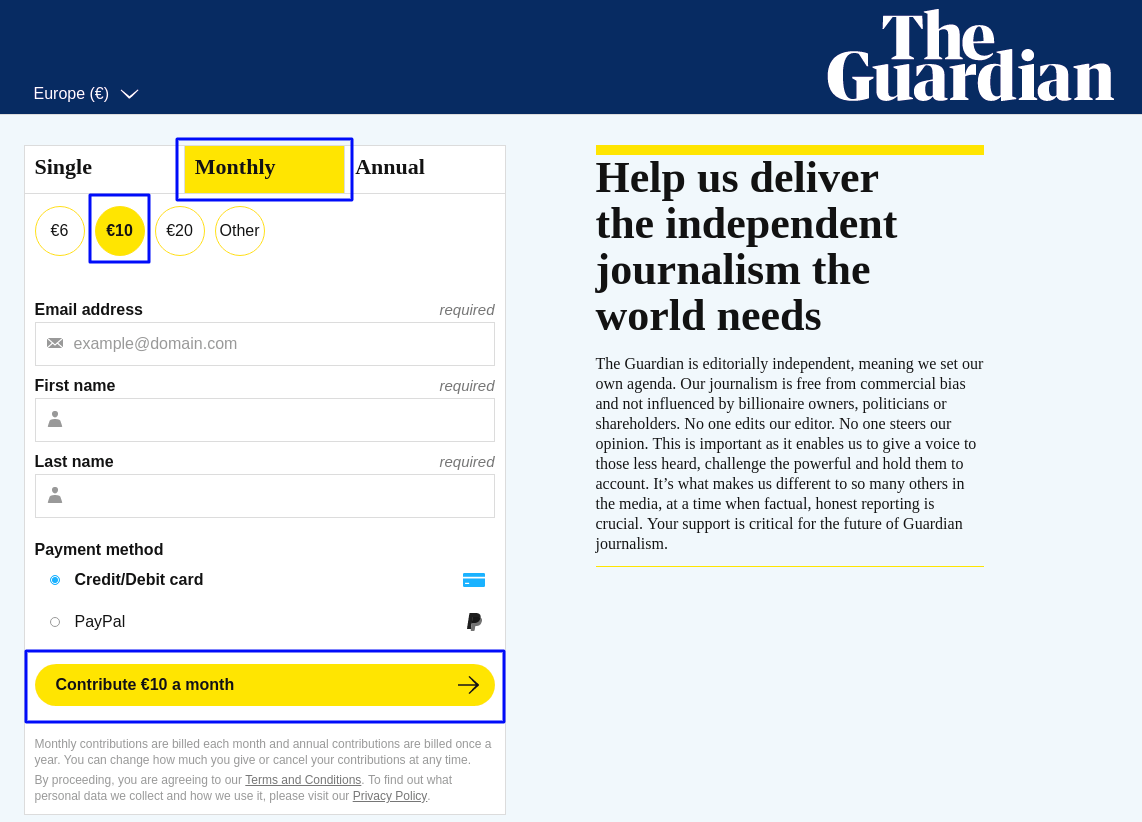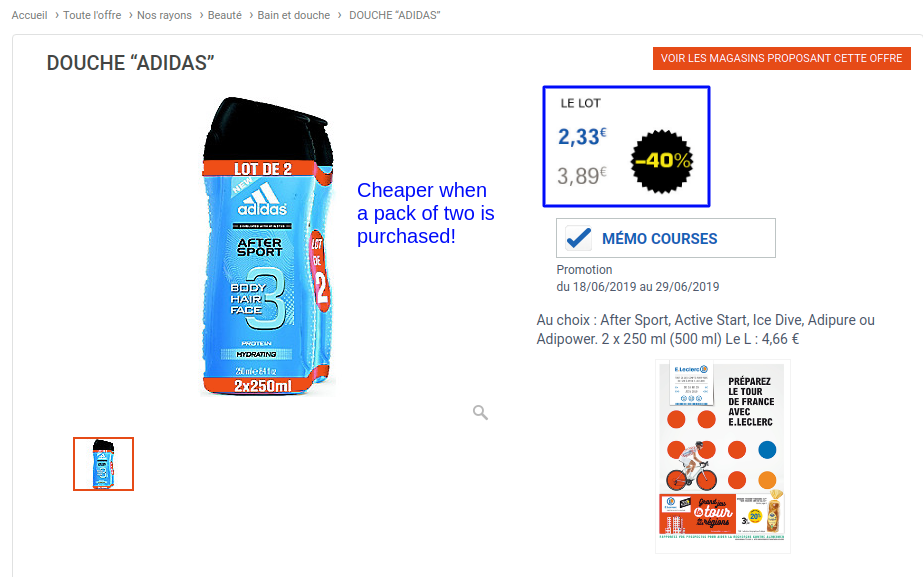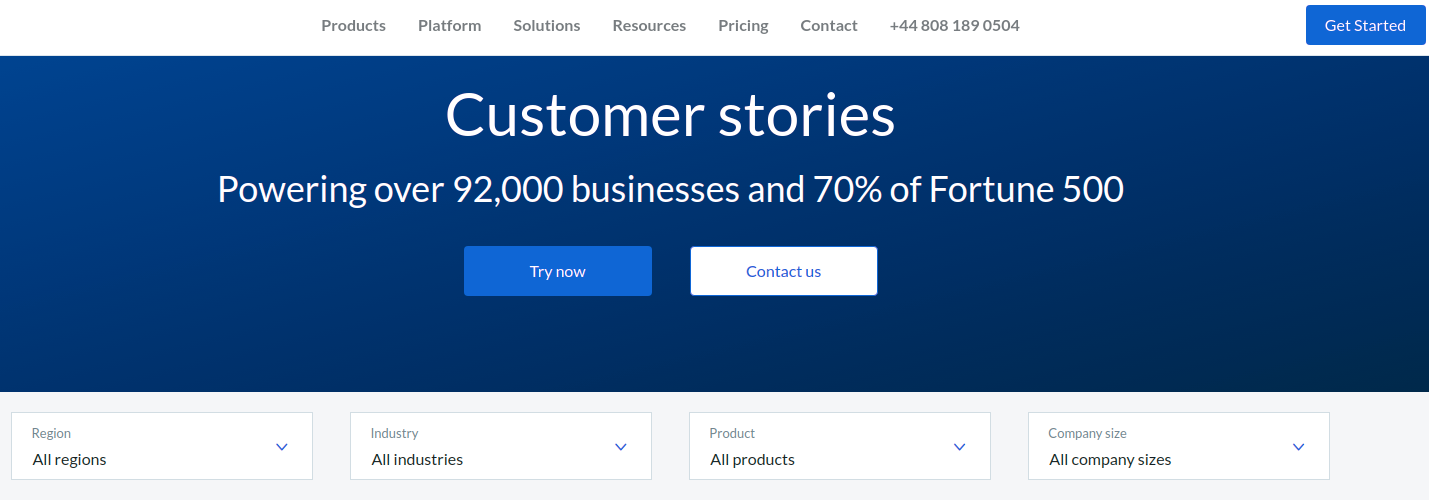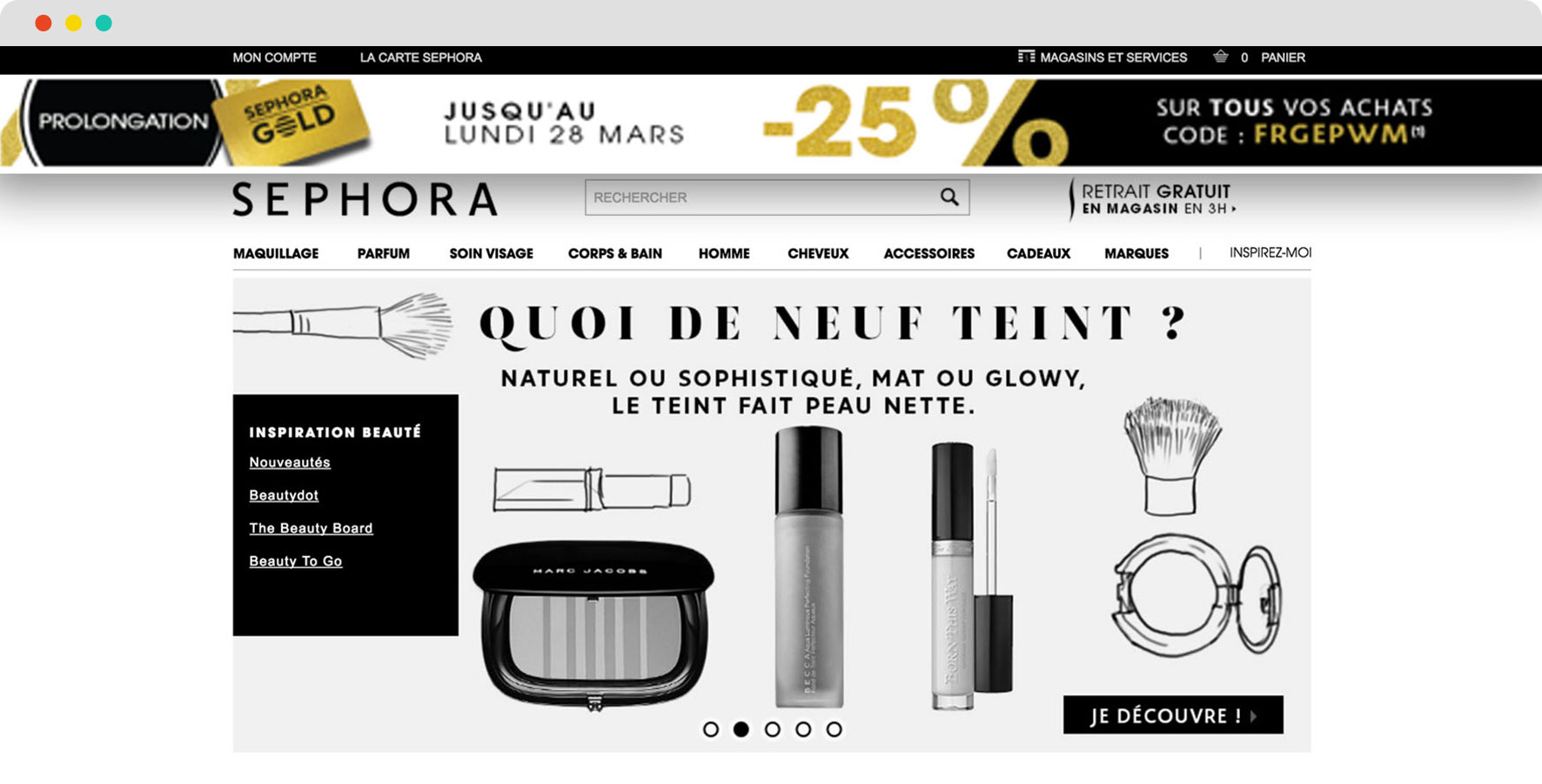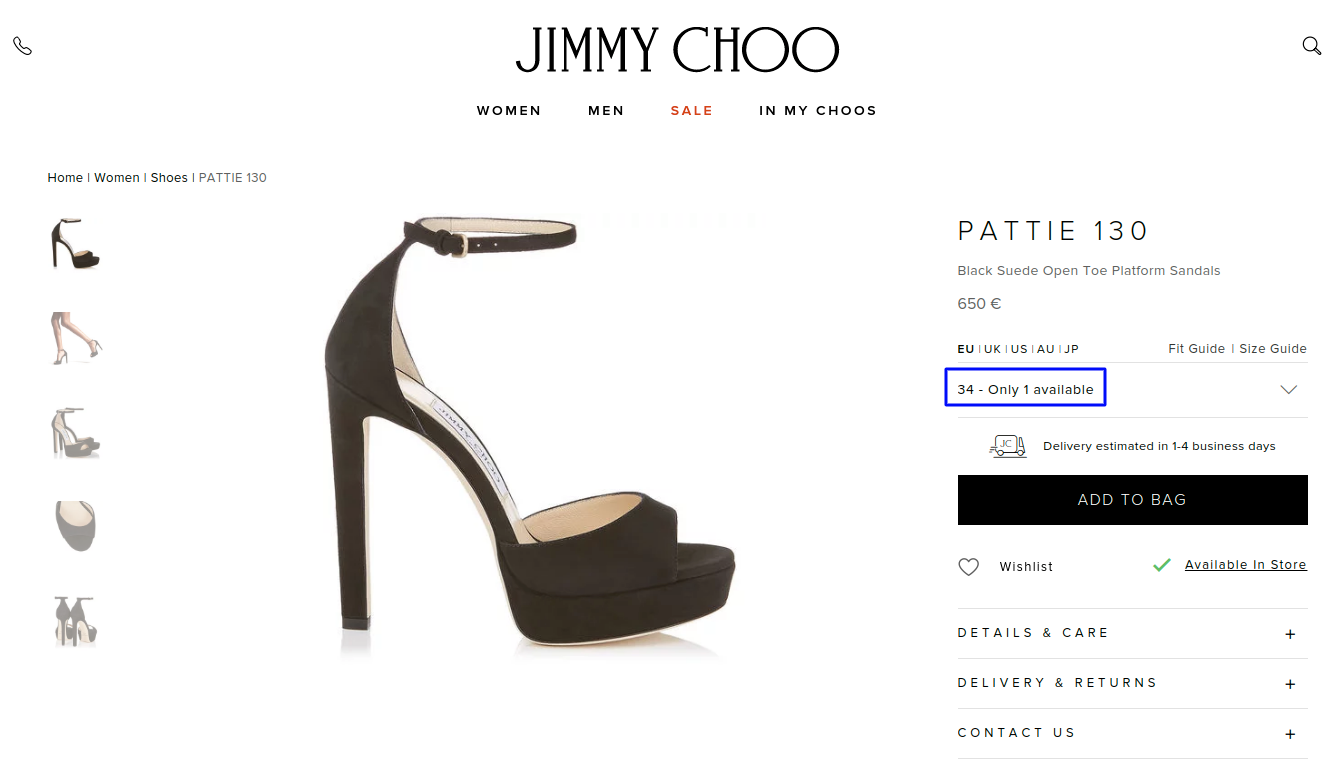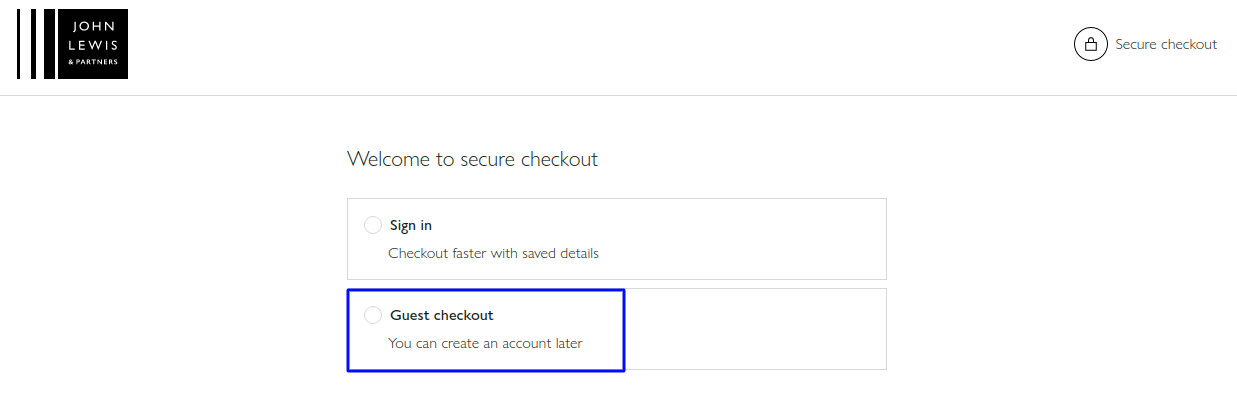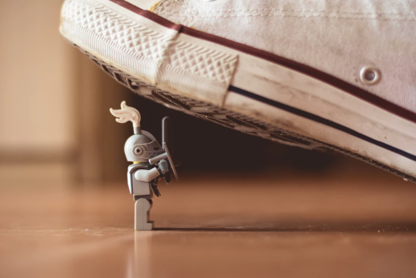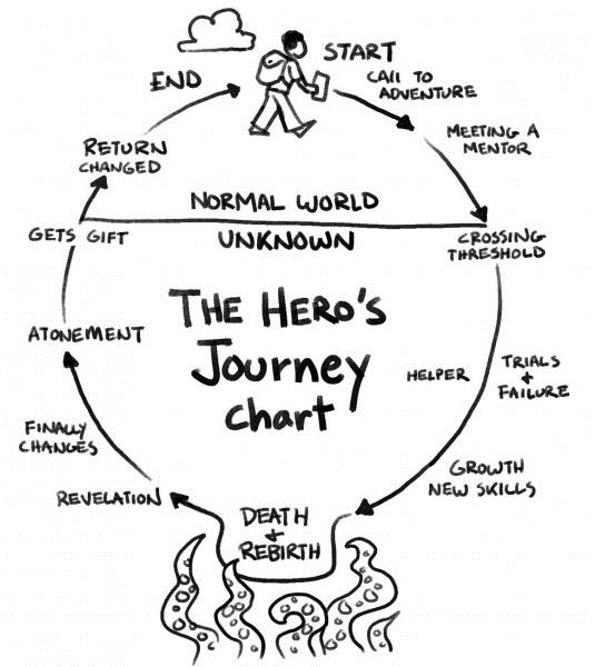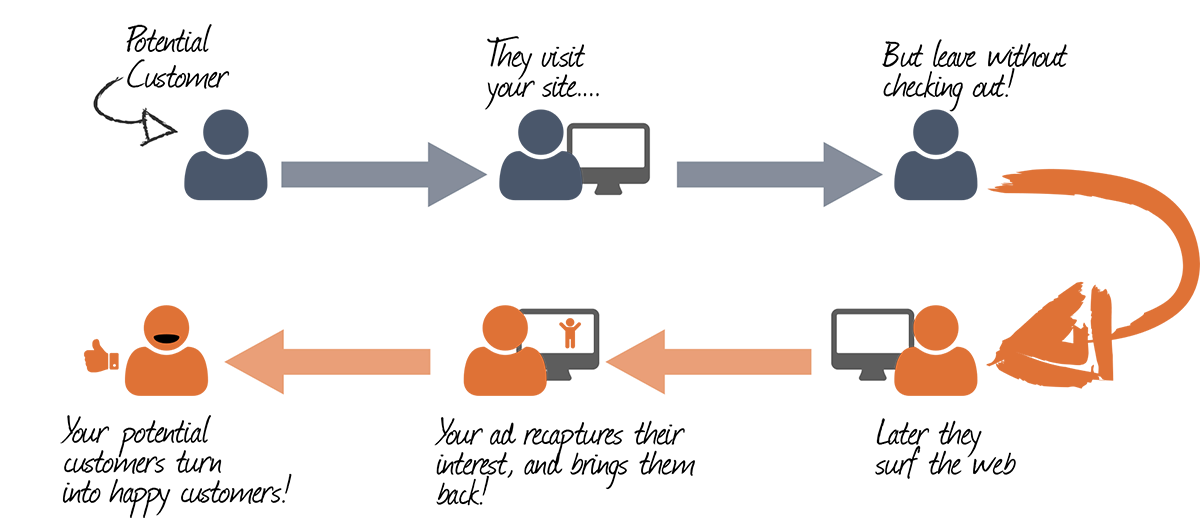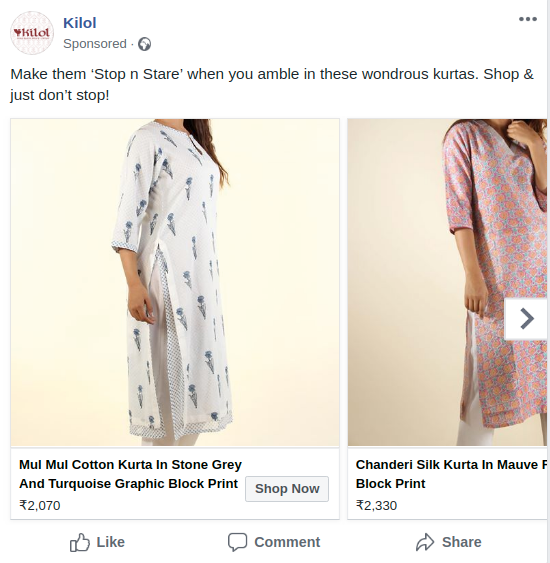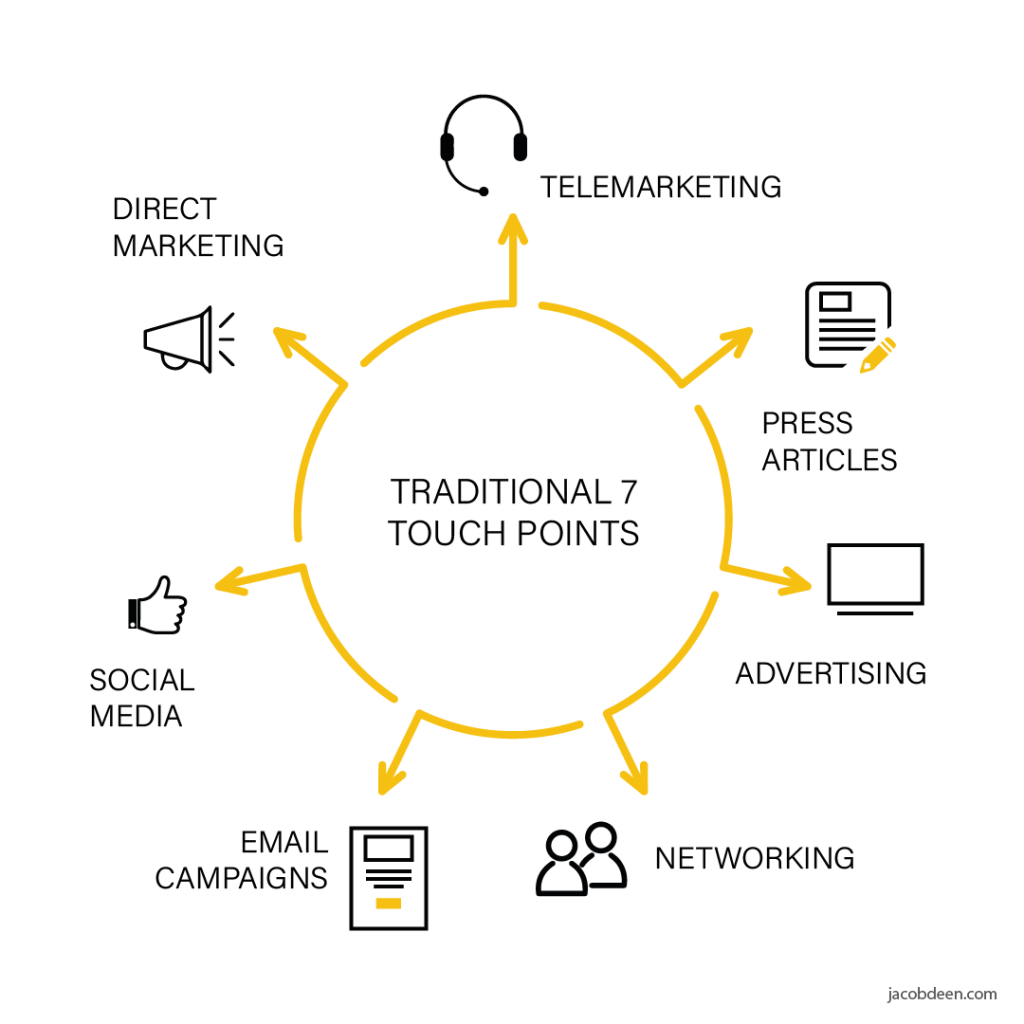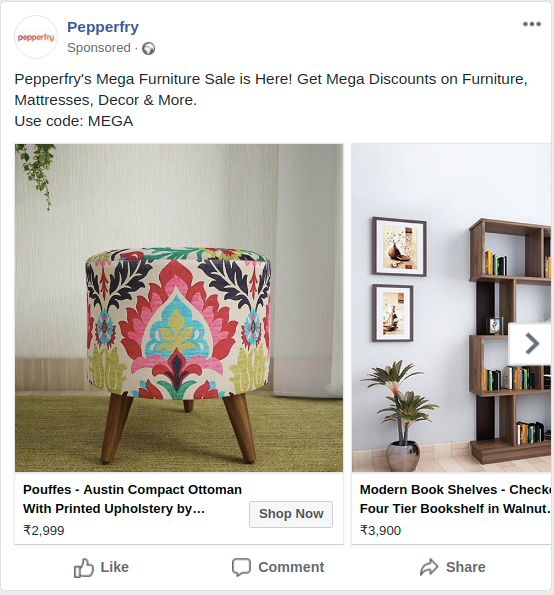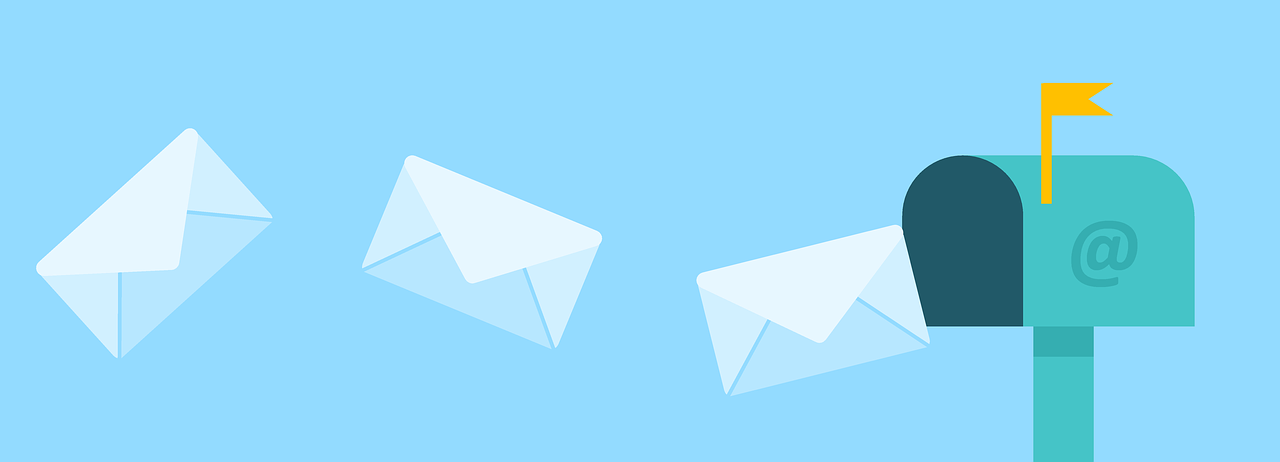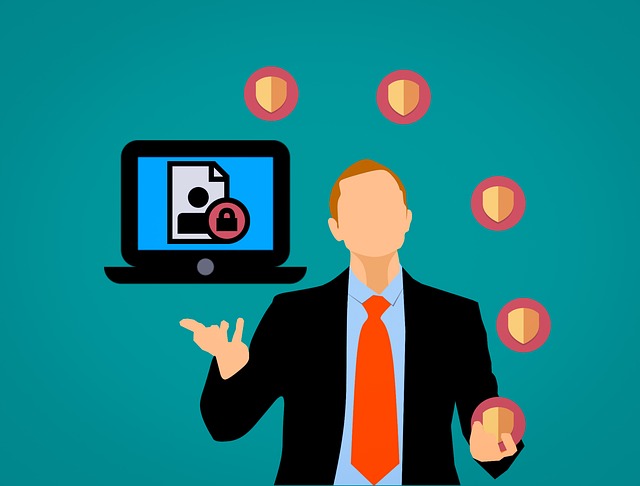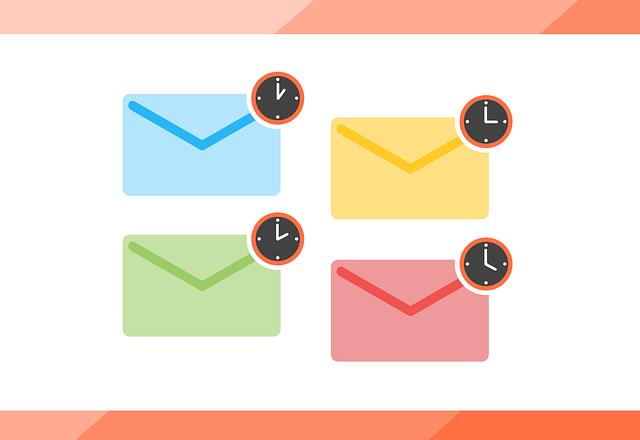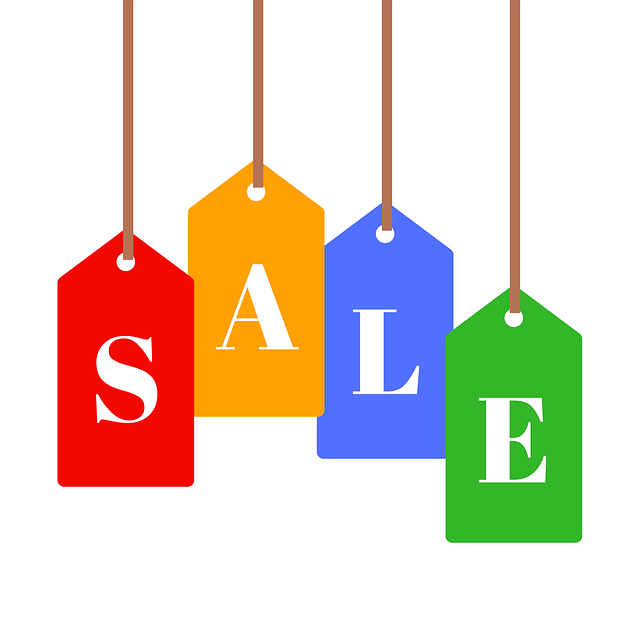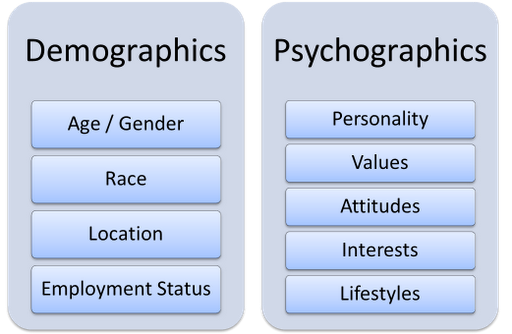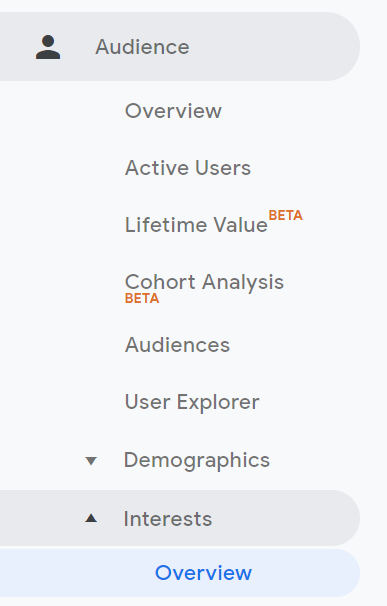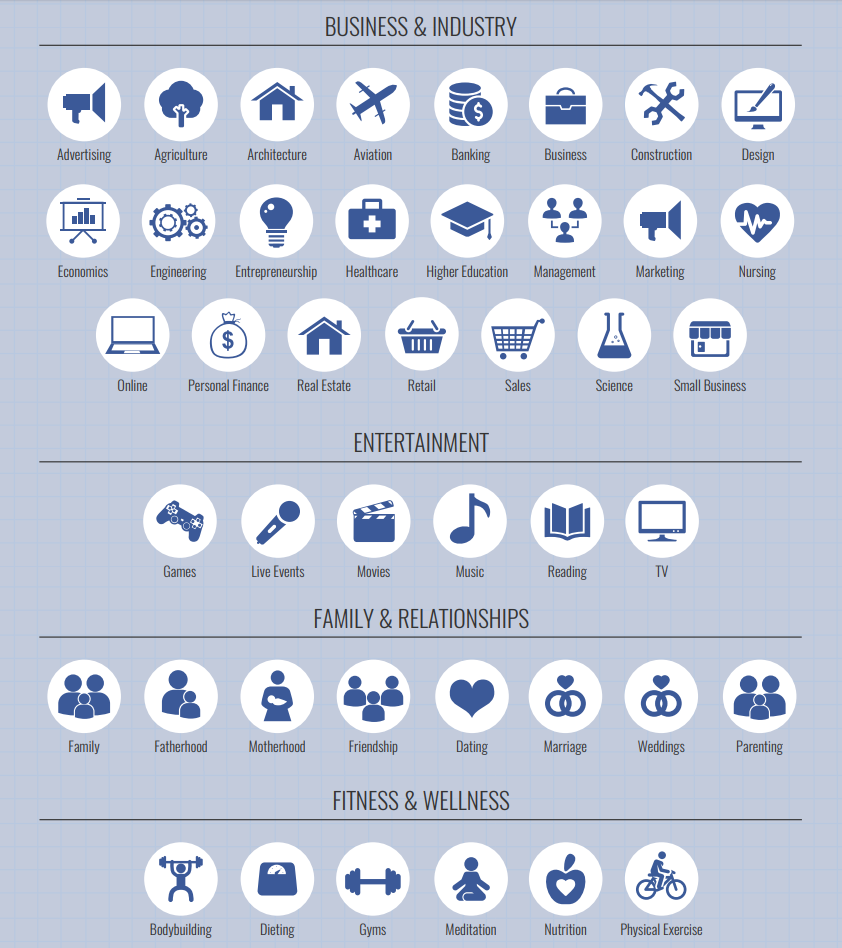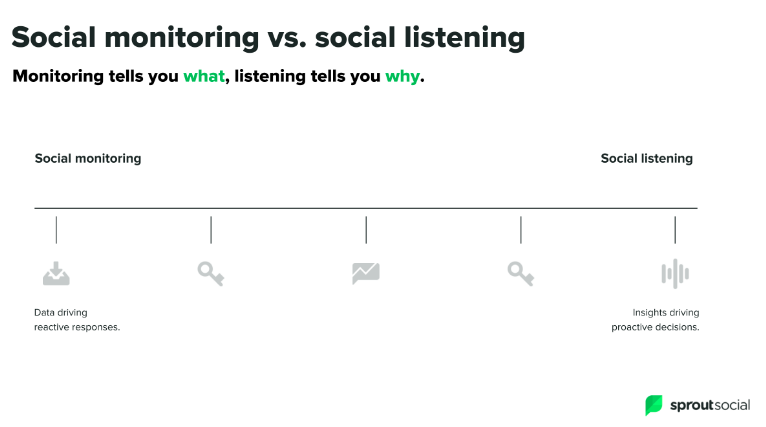The sign of an excellent product or service is one that’s designed to suit the customer – whether that’s addressing a problem they may have or simply providing them with an experience that puts them at the center of it. Whether you’re running a B2B or B2C business, gaining customer feedback on their experience is essential for growing and developing your business, as well as improving on areas they found issues with. Customer satisfaction is imperative for the ongoing success of any business but it can sometimes prove to be rather tricky to get customers to give feedback on their experience in the first place.
Unlike NPS surveys where the purpose is to keep it short and sweet, the user satisfaction survey allows businesses to ask more in-depth questions and can enable customers to give more details about their experiences. But how do you write a survey that engages and interacts with customers enough to gain responses from them?
We explore some great tips to writing good user satisfaction surveys that will not only get you the responses you’re looking for, but help improve your business based on previous customer experiences.
Open With The Right Questions
In a previous article on NPS surveys, I touched on starting with the ‘right’ questions and the same applies for starting with a good user satisfaction survey – start by asking them directly about the product or service they have just used. Opening a satisfaction survey with the right type of question will enable customers to answer directly, avoiding any vague responses or possible misinterpretation. After all, you’re looking for constructive feedback about your business, so make sure your questions allow them to do this. Here are some great opening questions to try:
- How often do you use the product or service?
- What do you like best about the product or service?
- What area would you improve on?
Encourage customers to give you more detailed responses with open text replies. By giving them the freedom and space to explain or describe their experience in detail, you will gain much more insight and obtain more information than simply asking them to tick a box or answer a simple yes or no.
Use Scales or Star Ratings
Having a scale of 1-10 or 1-5 will allow customers to measure their satisfaction by attributing a number to their experience. It’s up to you to decide which way the scale goes – with 1 being best or worst. Having a scale can be a great way to quantify satisfaction from customers when using a particular service, for example, but it can also mean customers don’t feel able to share their experiences as they give a number instead. A great way to tackle this is to elaborate after your scale, with a leading question like:
‘Why did you rate your experience with this score?’
The leading question after your scale will empower customers who do want to give a bit more detail about why they scored your business they way they did. There will be a number of customers who don’t feel compelled to elaborate on why they have scored your business with that particular number, so make sure to use their score to help understand what kind of experience they had and perhaps how you can improve for next time.
Remember, the whole purpose is to improve your business from their feedback so if you use a scale, make sure you are clear on what the numbers mean and apply metrics that will look to improve your product or service.
Include Yes Or No Questions
A great user satisfaction survey should have a mix of quick answers and ‘open-ended’ options to allow customers to give more details should they want to. Some customers are going to be immediately put off when faced with lots of open-ended questions, as they won’t want to take the time to give you the appropriate feedback, so make sure to mix it up. Include some simple ‘yes ‘ or ‘no’ style questions too to encourage those customers who are time-poor, to answer your survey quickly. Try questions like:
- Would you use our services again?
- Would you recommend us to friends and family?
- Did our services meet your expectations? – Ask ‘if not, could you give us a bit more detail’ to allow a customer to describe their experience
- Did you find what you were looking for? – Try offering different responses if they click yes or no here if no – ask them why
Yes or no answers may not appear to give a company enough feedback, but when followed up with a further leading question and open answer, it empowers customers to divulge more about their experience, allowing the brand to learn and look to improve on the particular experience.
Start to Explore Demographics
This isn’t compulsory for your customer satisfaction guide but it does really help businesses develop if they have a better profile and understanding of their demographics, as you can really start to segment your audience. If you haven’t already, try to gain further information from existing customers about their personal situation: how old they are, what their employment status is and even where they are in the world. Obtaining this kind of information can really help businesses improve their personalization approach whilst creating a more accurate depiction of the types of customers the brand appeals to. Try asking the following:
- How old are you? – We recommend giving a range of ages, e.g.: 35-50, 51-65
- Where do you live? – Again, if being town-specific will help, use specific locations. Otherwise, per country is fine
- What is your marital status? – Be inclusive and try not to unintentionally alienate anyone
- What is your employment status? – Try to angle it with ‘self-employed’, ‘Contractor’, etc
Try Multiple Choice Questions
If you’re looking to create customer profiles from their survey answers, try incorporating some multiple-choice questions, too. Giving customers options to choose from often encourages them to complete your survey, as it means they will spend less time overall giving their feedback, but also means you can obtain further details about them as an individual as well as their experience with your brand. Try incorporating the following questions in your next user satisfaction survey:
- Which best describes the reason for your visit today – ‘Leisure’, ‘Business’, ‘just browsing’ etc
- What services/products have you bought from us in the past? Are you looking for similar products/ services?
- What was your main reason for visiting the website/ store today – To find out more information? to purchase a specific item? to speak to us directly?
These multiple choice answers give enough details about the customers’ experience for business to learn from and will appear to ‘save time’ as they offer an answer instead of openly asking customers to respond – a win, win situation for both business and customer!
Use It To Test New Experiences
User satisfaction surveys aren’t exclusive to improving customer experience, they can also be used when looking to launch new products or test a new digital experience, such as a new website or online journey. The best way to get good, productive feedback on prototypes or new designs is to let customers use them and give their own feedback on how it went!
For instance, if you have developed a new website or want to test how well received a new product is, give users the option to use it and create a survey around their experience. Twitter is a great example of a platform that looks for active user feedback each time it rolls out an update, by offering certain users access to their ‘new look’ platform. The survey allows for tweaks to be made, if required, and saves both time and money addressing any issues further down the line once the product is properly launched.
If you’re looking to try this approach try questions like:
- Did you find what you were looking for today? A ‘Yes or No’ would be a great option here, with a follow-up if they respond ‘no’
- How would you rate your experience using the new website? – Use a scale
- What do you think of the new layout? – Perhaps offer multiple choice answers here to avoid vague answers
Ultimately, a good user satisfaction survey can use any or a combination of all of the above elements, as long as the overall intention of measuring satisfaction and experience is easily quantified, the way you ask customers doesn’t really matter. As long as the responses enable your business to learn and improve areas that customers highlight, the general structure of your survey is up to you!
Don’t forget – the journey of providing a great customer experience starts at the first point of contact with your business, whether that’s via social channels, adverts, email marketing or from your website, so next time you’re looking to improve things, start by looking at the experience a customer may get at these various touch points.








